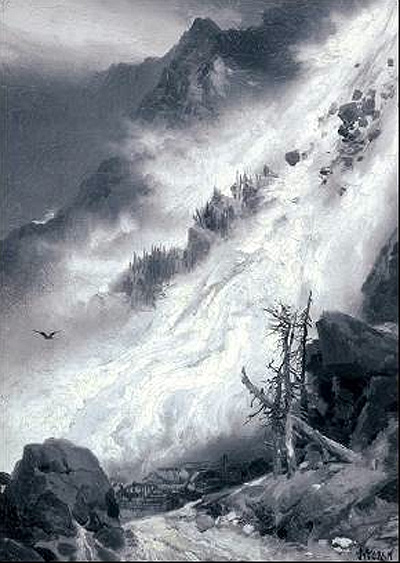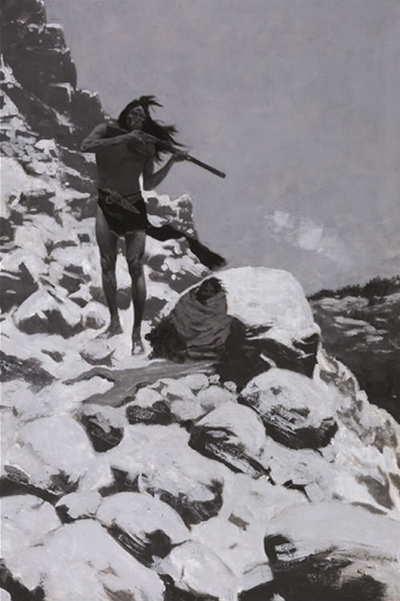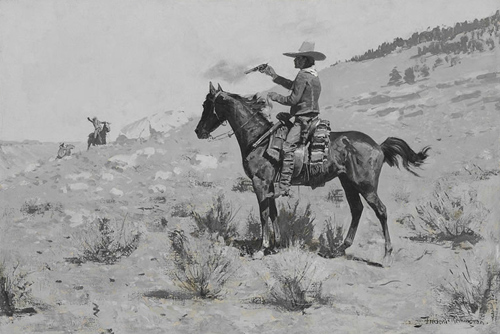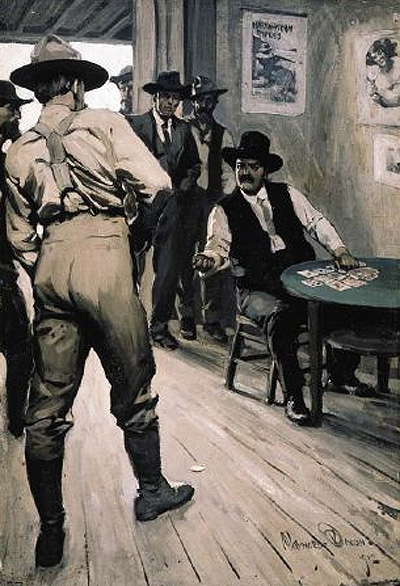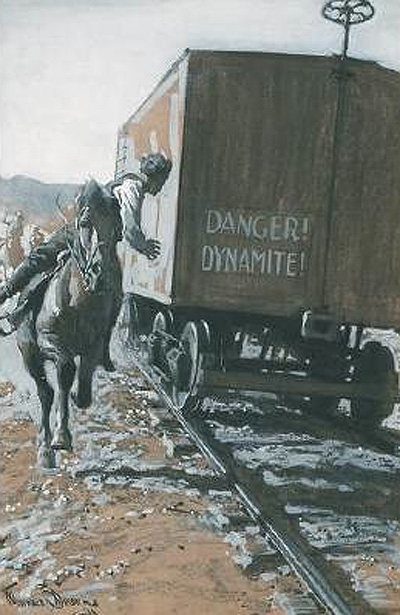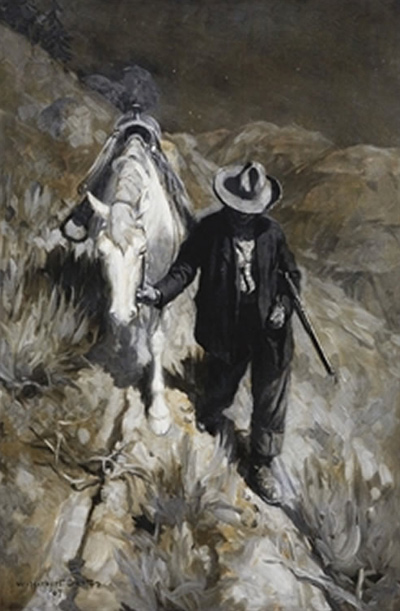Image of the Day, June 14, 2012
 Friday, June 15, 2012 at 9:32PM Tweet
Friday, June 15, 2012 at 9:32PM Tweet The Coeur D’Alene Art Auction
The Illustrators at Auction
For every illustration that ever graced the cover of magazines like Harper’s, Field and Stream, Collier’s and The Saturday Evening Post, there is an original work of art in a collection or museum attesting to the veracity and story telling capacity of the artist. Here are just a few that will be sold at the rollicking, painting a minute, Coeur D’Alene Art Auction in Reno on 21 July 2012.
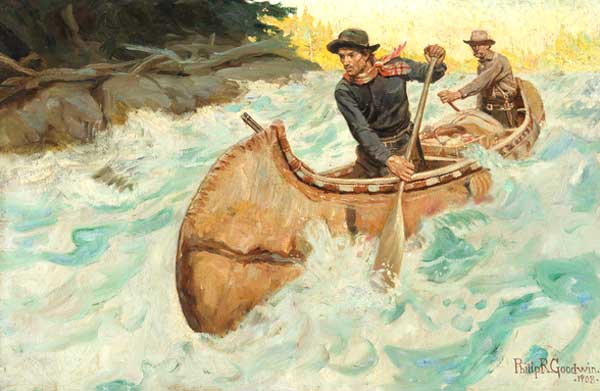 Philip R. Goodwin (1881-1935), In Troubled Water, 1908, oil on canvas, 20 x 30 in. $40,000-60,000. Credit: Coeur D’Alene Art Auction
Philip R. Goodwin (1881-1935), In Troubled Water, 1908, oil on canvas, 20 x 30 in. $40,000-60,000. Credit: Coeur D’Alene Art Auction
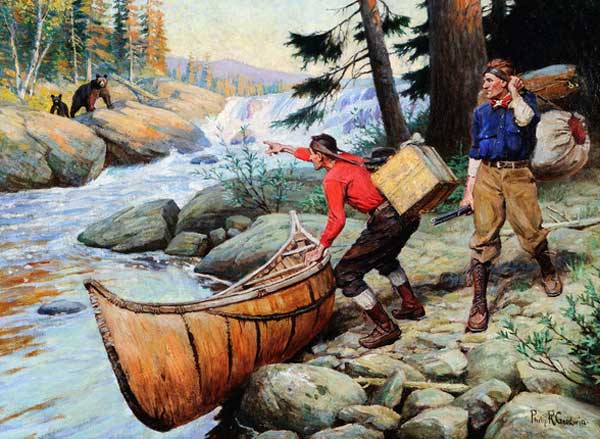 Philip R. Goodwin (1881-1935), Unexpected Guests, n.d., oil on canvas, 24 x 33 in. $60,000-90,000. Credit: Coeur D’Alene Art Auction
Philip R. Goodwin (1881-1935), Unexpected Guests, n.d., oil on canvas, 24 x 33 in. $60,000-90,000. Credit: Coeur D’Alene Art Auction
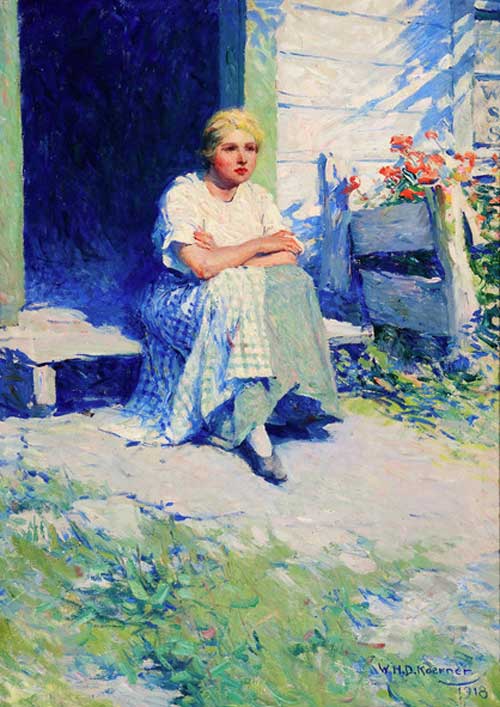 W.H.D. Koerner (1878-1938), Waiting for His Return, 1918, oil on canvas, 36 x 26 in. $40,000-60,000. Credit: Coeur D’Alene Art Auction
W.H.D. Koerner (1878-1938), Waiting for His Return, 1918, oil on canvas, 36 x 26 in. $40,000-60,000. Credit: Coeur D’Alene Art Auction
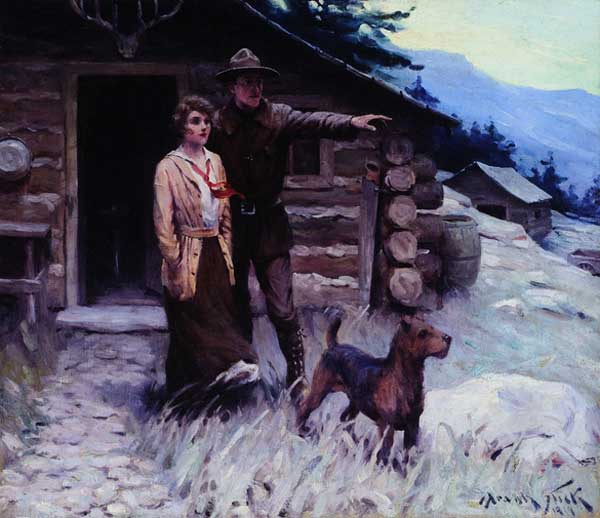 Frank Stick (1884-1966), On Alert, 1919, oil on canvas, 30 x 35 in., $8,000-12,000. Credit: Coeur D’Alene Art Auction
Frank Stick (1884-1966), On Alert, 1919, oil on canvas, 30 x 35 in., $8,000-12,000. Credit: Coeur D’Alene Art Auction




